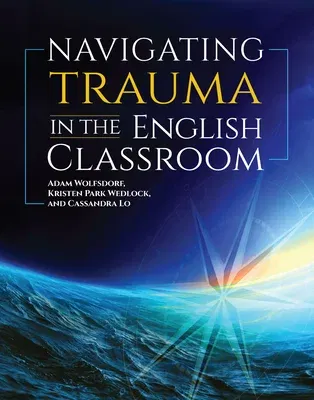Adam Wolfsdorf
(Author)Navigating Trauma in the English ClassroomPaperback, 11 November 2022

Qty
1
Turbo
Ships in 2 - 3 days
In Stock
Free Delivery
Cash on Delivery
15 Days
Free Returns
Secure Checkout

Print Length
188 pages
Language
English
Publisher
National Council of Teachers of English (Ncte)
Date Published
11 Nov 2022
ISBN-10
0814132685
ISBN-13
9780814132685
Description
Product Details
Book Format:
Paperback
Country of Origin:
US
Date Published:
11 November 2022
Dimensions:
23.11 x
18.29 x
1.52 cm
ISBN-10:
0814132685
ISBN-13:
9780814132685
Language:
English
Pages:
188
Weight:
322.05 gm